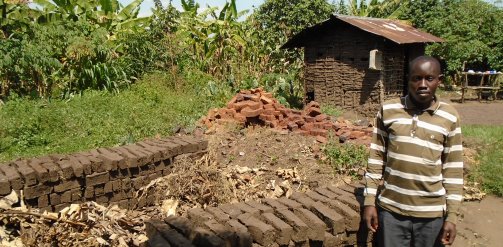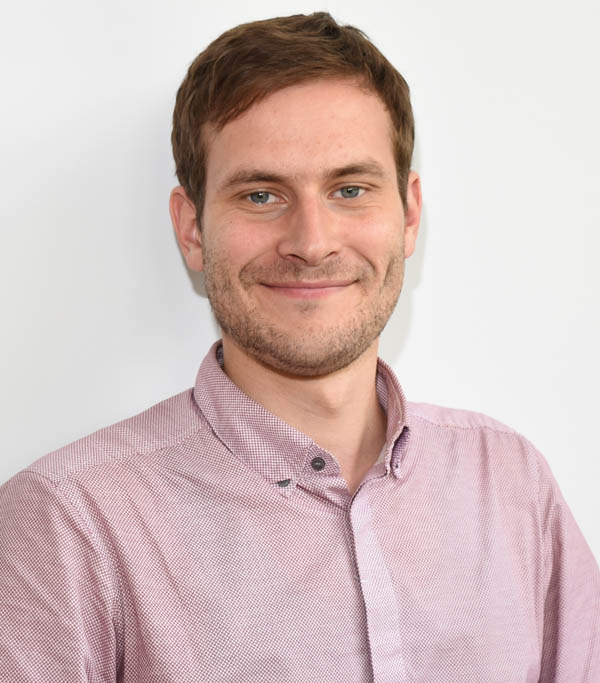So many job-seekers, so few jobs – all across Africa there is a gross imbalance between the number of new labour market entrants and the number of new jobs created. As the African Development Bank summarises the situation (PDF): “While 10 to 12 million [African] youth enter the workforce each year, only 3.1 million jobs are created, leaving vast numbers of youth unemployed”. Given widespread youth unemployment and underemployment in Sub-Saharan African (SSA) and fears of further influxes of youth migrants into Europe, youth savings groups are often promoted as a first step toward financial inclusion and the creation of economic opportunities, mainly through the creation of micro- and small-scale enterprises. Our recent research finds that savings groups do useful things, but overall lead mainly only to small change.

What are youth savings groups?
Savings groups, or Village Loan and Savings Associations (VSLA) as they are also often called, are informal groups typically consisting of 15 to 30 members who meet on a regular basis – usually weekly – to save and borrow money. As explained in one of our previous blogs on youth savings groups in Africa, programmes that aim to foster financial inclusion and entrepreneurship through savings groups typically also provide training on financial literacy, entrepreneurship, and life skills.
Our recent research focused on youth savings groups established by the Banking on Change (BoC) programme. We carried out research in four countries – Ghana, Tanzania, Uganda and Zambia – looking at how savings groups work with young people, aged primarily between 15 and 35 (with particular emphasis on those aged 15-24). Our findings are based on the analysis of group financial data and in-depth interviews with 57 individuals who were savings group members on average for one and half years.
We previously reported that engagement with savings groups is influenced to a significant extent by family but also other social relations – a “family affair”, as we put it. This opened up some important questions about programme components (such as training activities) and their relationship with longer-term outcomes and impacts, and how and when these might be measured.
In our newly published paper (open access), we question the extent to which micro- and small-scale enterprises, supported via youth savings groups in poorer parts of SSA, can truly bring transformational change.
The scale of income-generating activities
The problem is that most enterprises undertaken by young savings group members involved common activities like brick making, hairdressing, charcoal selling, soap hawking, operating a small shop, small-scale food preparation, livestock raising (never more than a few goats or chickens), etc. The vast majority of these enterprises operated at very small scale. While there were no major differences in scale of enterprises operated by men and women, students often reported operating particularly small enterprises, such as a 16-year old female from Zambia who sold sweets to classmates at school.
The vast majority of the interviewees used money from the savings group to help manage their cash flow, or for operational expenses such as buying stock to sell (in addition to household and education-related expenses). There were very few examples of investment in capital goods, technology, innovation or skills upgrading. This finding echoes research from others, who have argued that microfinance is of little help to poor people in contexts where demand for their services is limited and where there is already an abundance of small- and micro-scale enterprises. This seemed to be the case in our predominantly rural study sites.
A financial revolution, or small change?
This research raises doubts about the claims made by promoters of youth savings groups that they can underpin a ‘revolution’ in local economic activity. This is not to say that these micro- and small-scale enterprises can’t play an important role in young people’s lives. For many, the improved ability to restock one’s wares at particularly important times via a loan from the savings group may be the difference between the ability to generate some income or none, at least for a time.
Our findings align with research from the International Labour Organisation (PDF), which found that although self-employment may sometimes work as a coping mechanism for those living in precarity, it was not a particularly good way to ‘promote upward social mobility or reduce poverty’ for young people.
So, we have to ask whether this approach – of simply combining microfinance with self-employment/entrepreneurship – is doing enough to really transform people’s lives economically, and to provide them a with a realistic chance and hope of doing better than surviving or simply getting by.
The answer is likely negative, and most probably prompts us to think more about (potentially longer-term) solutions that do more to tackle structural inequality. These might include investing in infrastructure and education to seriously support poorer rural or marginalised areas, or guaranteeing work opportunities with decent wages for all those living in poverty, for example through public works programmes.
Thus, we have to go beyond accepting the notion of coping with poverty. Savings groups matter for young people, but without broader efforts to tackle structural issues, the best we can hope for is small change.
